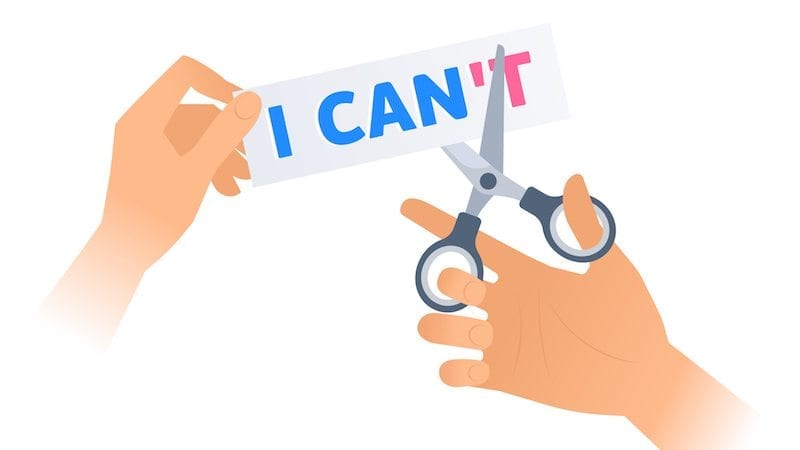If you’ve worked in a school for more than three years, you’ve probably implemented a new curriculum. Transitioning to new curriculum can cause stress and (sometimes) friction for everyone. Educators who’ve been in the profession for a while know when changes are authentic and best for students. They also know when changes are enforced because of whims or to please stakeholders. However, as the world evolves, the education system needs to as well, and sometimes major curriculum changes are necessary and good. Here are six tips school leaders can use to help ensure that major curriculum shifts go smoothly for teachers, students, and themselves:
1. Be open and transparent about change.
Staff and students need to know why major curriculum changes are occurring. Whether it’s adding something major, like project-based learning, or something more minor, like choice-reading to ELA, there should always be a clear reason for the change. Even if it’s because of pressure from the school board or in response to test scores, be transparent. While people may not be receptive to the shifts at first, being clear about why they are happening is a great place to start.
2. Embrace mistakes as room for growth.
Real and meaningful change takes time and almost always comes with challenges. Build in space for setbacks. Anticipate obstacles and meet them with a cool head. One of the most difficult aspects of adopting new curriculum and instituting real change is the fear of failure that comes with it. Make it clear with teachers and yourself that there is room for failure as long as there is a commitment to learning from it.
3. Celebrate every success in making changes.
Teachers are often isolated from each other and are unaware of the successes happening in each other’s classrooms. Start staff meetings with success stories. Ask teachers to share them. Send out emails about encouraging breakthroughs and stories of staff and students making strides. Change can be hard work, and everyone needs to be aware of where that hard work is paying off.
4. Provide meaningful professional development for new curriculum.
Too often when schools adopt new frameworks and curriculums, the staff gets front-loaded, crash-course training. This is effective at giving an overview and maybe even drumming up excitement about the new curriculum, but this is often all the training teachers receive. This leads to the new and exciting practices being quickly abandoned or ineffective implementation. What the staff really needs is ongoing professional development, resources, and training to make sure that new ideas and practices are not just introduced but used regularly.
5. Trust your staff’s professional opinion and listen to them about the changes.
Innovative programs and curricula can be wonderful assets to a school committed to meeting the needs of their students. However, they should be seen as a framework for the work that happens in classrooms, not the be-all and end-all. A staff of teachers, aides, specialists, and administrators that is committed to collaborating toward a common goal should be the guide for the learning that takes place in a school. If a teacher suggests an alteration or diversion from a new curriculum, hear them out. Have discussions about it. If part of the new framework is not working, consult with your faculty and learn from their insights.
6. Don’t change what isn’t broken, if you can help it.
Sometimes in our rush to adapt and evolve, we lose sight of what already works. Use data, stories, and wisdom to discern when something needs to be replaced and when it should be kept. For instance, grammar can be taught in new and innovative ways that have merit and are worth exploring. But sometimes the most effective way of teaching this skill is to drill-and-kill or have students practice over and over. This practice should not be abandoned because you are trying something else as well. If a method is working and resulting in success, change is not needed.
Adopting a new curriculum takes commitment and patience from everyone. When that engagement and humility is modeled by school leaders, it can make the change a lot less stressful and much more effective.
Join our Facebook group Principal Life for more conversation about changing curriculum and adapting school to be what’s best for students.

